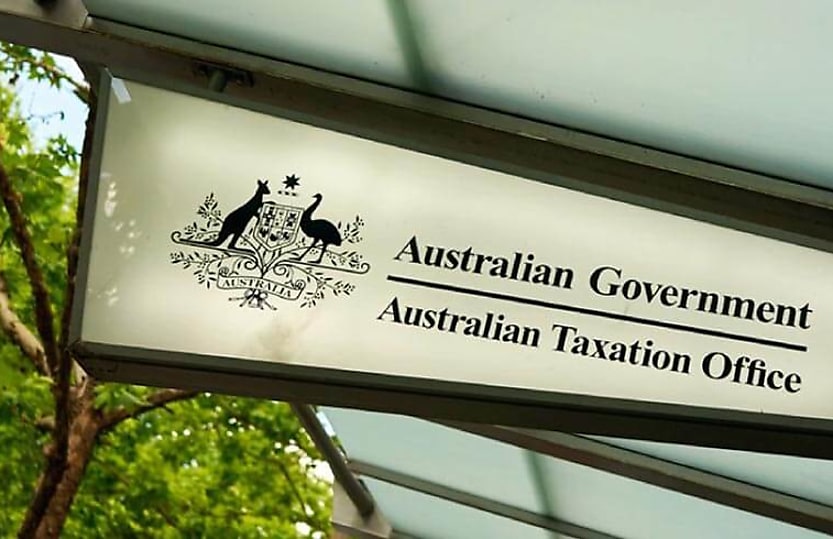ATO guidance needed on thin cap changes, says CPA

CPA Australia has urged the ATO to provide additional guidance on a wide range of practical issues stemming from the thin capitalisation changes.
As part of the ATO’s consultation on thin capitalisation amendments, CPA Australia has urged the ATO to provide further guidance on a range of areas including practical issues arising from the debt creation rules and the definition of minor and insignificant assets under the third-party test.
The Treasury Laws Amendment (Making Multinationals Pay Their Fair Share—Integrity and Transparency) Bill 2023 is still currently before the Senate, with the Senate Economics Legislation Committee handing down a report on the bill earlier this month.
The ATO is planning to provide guidance setting out the Commissioner of Taxation’s views on key aspects of the proposed new thin capitalisation rules.
The ATO stated it is currently seeking feedback from stakeholders on the potential form of any public advice and guidance.
CPA Australia said it expects significant issues will arise with applying the debt creation rules in practice, given the test time for deductibility of interest on debt under general principles is the time at which the borrowing is entered into.
Under the third-party debt condition in paragraph 820- 427A(3)(d) of the amendments, entities are required to use all or substantially all of the funds borrowed to fund their commercial activities in connection with Australia.
CPA warned that where a group has foreign assets, this will be a significant compliance burden.
The submission noted that group borrowing is generally comingled and it is not always specifically possible for a business to narrowly trace the purpose of a borrowing particularly where funds are used for normal commercial transactions in the context of the day-to-day running of a business.
“For example, one bank account being used to fund the cash-flow requirements arising from multiple ordinary business activities,” it said.
“Borrowings which were incurred in the course of carrying out these ordinary business activities have been intermingled within the one bank account.”
Under the proposed rules, multinationals will need to track through one bank account the multiple uses of borrowed funds and identify the debt that relates to non-deductible purposes to determine the debt that gives rise to non-deductible interest.
“There are practical difficulties with regards to tracking multiple transactions or funds through a single bank account,” the submission said.
CPA said the ATO will need to provide clear guidance and examples as to how a business is expected to determine its position under these rules when one bank account is used to fund many ordinary business transactions but, under the proposed rules, interest on any borrowings to fund some of these ordinary business transactions will need to be separately identified and treated as non-deductible.
“Given the rules are to have this retrospective effect, guidance and examples from the ATO are needed as to how a business might actually implement such a historical review,” the submission said.
“This is given the practical complexity of reviewing thousands of historical transactions going back many years to try and identify any borrowing which will now have a non-deductible purpose under the proposed debt creation rules, even if they are genuine commercial transactions.”
The submission also called for further clarity on when subsidiaries would be considered to be members of the obligor group of its parent entity.
“Where the borrower holds membership interests in subsidiaries, the lender may take possession of its assets and therefore take control of a subsidiary and ultimately cause the subsidiary to sell its assets and distribute the proceeds to the parent or distribute the assets to the parent in-specie,” CPA explained.
“This may depend on the nature of any of security provided by the parent entity.
“Guidance should be provided so that groups understand if and when subsidiary entities may become part of the parent entity’s obligor group even if the subsidiary does not provide any direct security for the parent’s borrowings.”
Third-party debt test issues
The explanatory memorandum for the legislation also provides no clear guidance as to how “minor and insignificant” assets are to be determined, according to CPA.
“To take an example, it is not clear whether disregarding minor and insignificant assets includes assets that are material in value but fleeting by reference to time – such as, for example, an asset consisting of material cash in a foreign bank account, that is then withdrawn after a short period into an Australian bank account,” the accounting body said.
“More generally, it is also not clear why this is not a permissible asset, given that the bank account would be expected to contribute towards the tax base of Australia.”
Under the rules, minor and insignificant assets are to be disregarded in considering the assets to which the holder of the debt interest has resources for payment of the debt.
“This is intended to address a concern that if an entity granted general security over all of its assets, and it had immaterial foreign assets, that it would automatically fail the base third party debt test,” CPA explained.
The submission also called for further clarification on what “directly associated” means in section 427(2)(e)(ii) of the Treasury Laws Amendment (Making Multinationals Pay Their Fair Share—Integrity and Transparency) Bill 2023.
It is not clear how taxpayers are to show the swap is “directly associated” with hedging or managing interest rate risk in respect of a particular debt interest.
“As an example, if a borrower has issued two debt interests, one for $60 million, and the other for $40 million, and has also entered into an interest rate swap with a notional principal of $80 million, it is unclear how this rule applies and to show the swap is “directly associated” with hedging or managing interest rate risk in respect of that other debt interest.”






